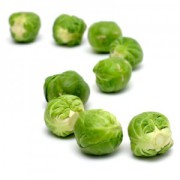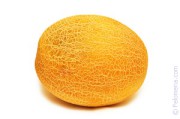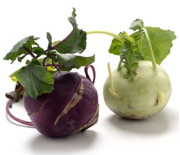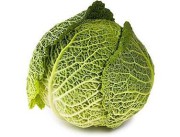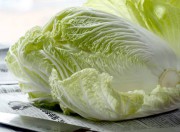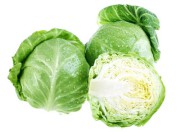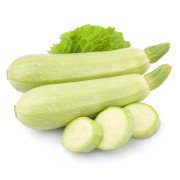Parsnip root: beneficial properties and harms of the parsnip plant, what it looks like and how to prepare it for the winter.
How much do you know about parsnips? No, we are not talking about the famous poet Boris Pasternak, but about a root vegetable whose history goes back to the Inca culture of Peru, or it is correct to call it aracacha - that is how the Quechua Indians designated this plant.
Content
The benefits of parsnips for the health of the body.

The benefits of this product are difficult to overestimate! Parsnips are rich in carotene, vitamin C, carbohydrates and essential oils, and the root vegetables also contain vitamins B1, B2, PP, mineral salts and also essential oils. Having a slightly pungent taste in the upper part of the root closer to the stem and a sweet, mild, slightly carrot-like taste, going down, being easily digestible, parsnip occupies a leading place among all root vegetables.
Previously, parsnips were used as an ingredient in moonshine tincture to improve appetite and improve mood, as it has a tonic property, can strengthen the walls of blood vessels and improve digestion. Also, if a person was seriously ill, he was given a water infusion of parsnips (100 ml with 1 tablespoon of honey 3 times a day, half an hour before meals). They treated it like this for one month.
Due to its high potassium content, parsnip removes excess water from the body very well (in ancient medicine it was used as a diuretic), improves blood circulation (in modern medicine it is actively used to treat cardiovascular diseases, prevent angina attacks in coronary insufficiency and heart neuroses) , also has a beneficial effect on the nervous system, as it has a calming property.
It improves potency and enhances libido.
Parsnips are also good for diabetics, as they contain large amounts of fructose and sucrose that are harmless to them.
Few people know, but parsnips can relieve spasms in the gastrointestinal tract, as well as attacks of liver and kidney colic. It is also used to relieve spasm of blood vessels. It is ideal for hypertensive patients, angina pectoris and muscle cramps.
Harm and contraindications

Parsnips increase skin sensitivity to sunlight, so people with fair and sensitive skin should use it carefully, especially before going to the beach.
Sometimes there is an individual intolerance to the product, this happens very rarely.
How to preserve parsnips for the winter
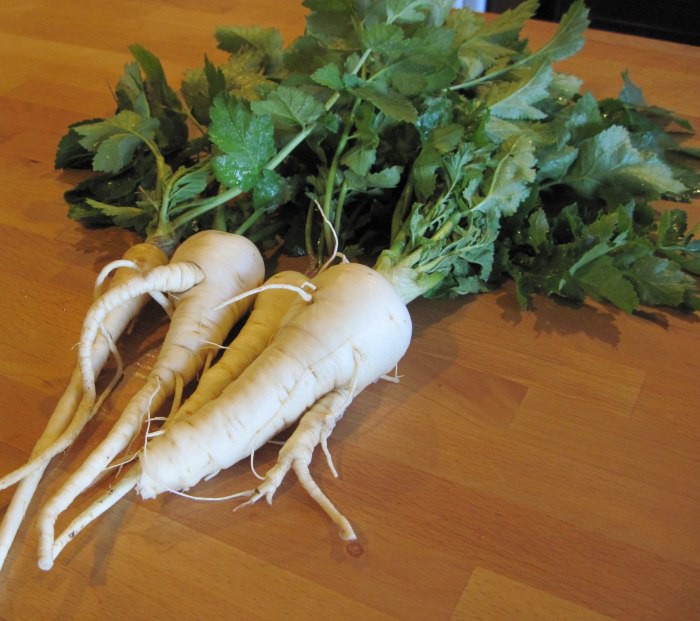
As you can see, parsnip is not just a plant, but a miracle medicine that everyone should always have on hand. It stores wonderfully in the winter and is easy to grow in your garden in the summer! In winter, it must be stored in the basement at a certain level of air humidity (it needs to be as dry as possible) and the temperature is slightly above plus. To be completely sure, you can also fill it with sand, but then you need to make sure that the sand is always wet.You can also store parsnips frozen in the refrigerator.
Many people do not dig up parsnips at all for the winter, but simply cut off the foliage and leave the root in the ground, slightly hilling it up. This way it will last until spring.
So, thanks to parsnips, you and your family will always be healthy!



